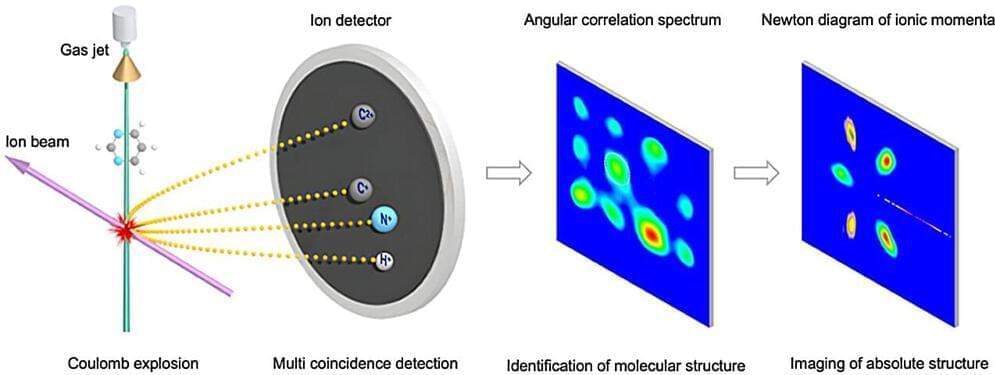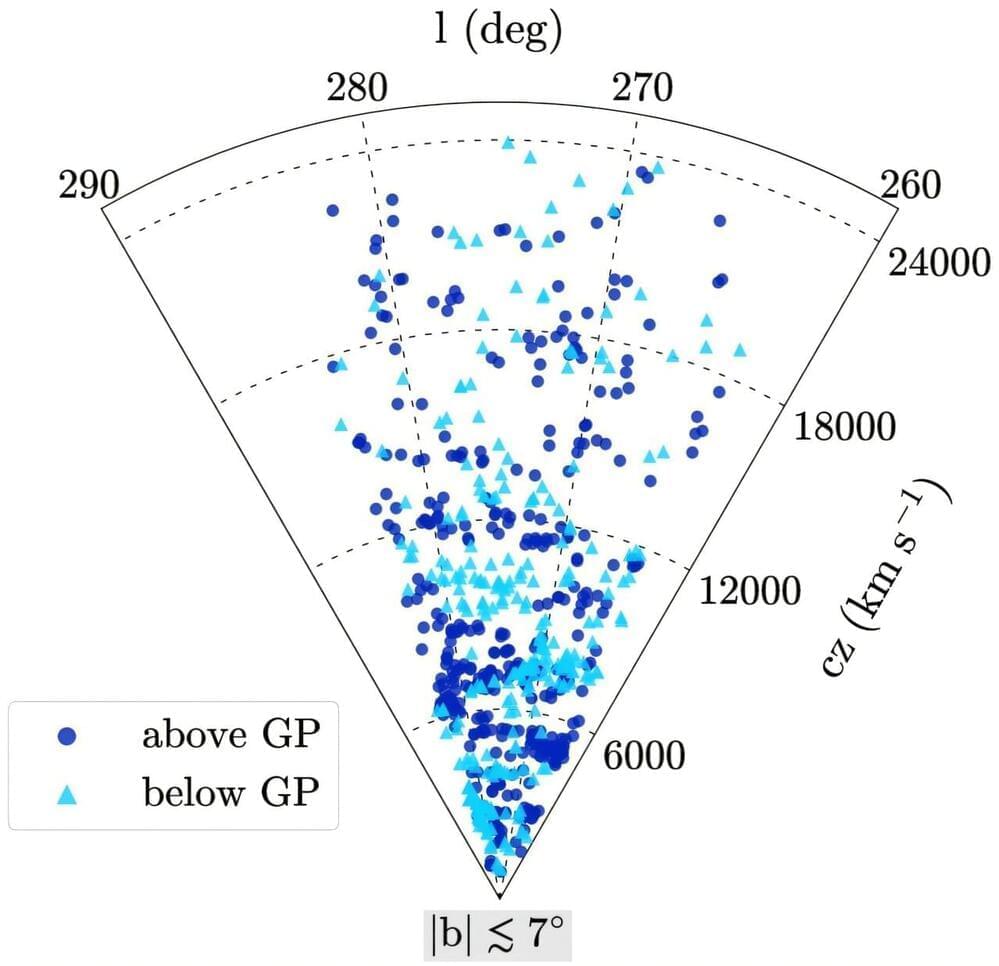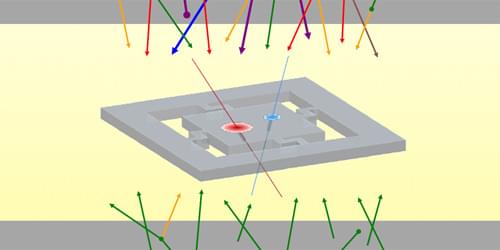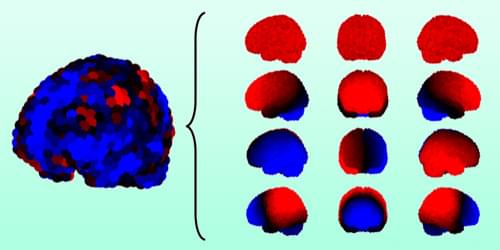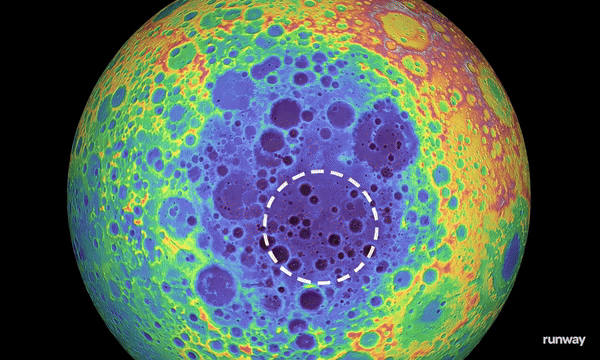The South Pole-Aitken Basin on the Moon’s far side is one of the most remarkable regions in our Solar System. Spanning approximately 2,500 kilometers (1,550 miles) in diameter, it’s among the largest known craters, with research interest from multiple space agencies. Among recent discoveries, planetary scientists uncovered an enormous mass anomaly beneath this basin, which could be key to understanding the Moon’s geological history. This mass anomaly, first revealed in 2019, has implications for future lunar missions and provides a window into the Moon’s formation.
Discovery of a Giant Mass Anomaly
Scientists detected the buried mass using data from NASA’s Gravity Recovery and Interior Laboratory (GRAIL) mission, which monitors changes in the Moon’s gravitational field. This unique technique enabled researchers to identify the anomaly and measure its incredible weight, estimated at around 2.18 billion billion kilograms. The mass was so dense that it caused the basin floor to dip by nearly a kilometer (more than half a mile), an indication of its massive gravitational pull. To visualize this, Peter B. James, the lead scientist from Baylor University, compared it to burying a metal structure five times the size of Hawaii underground.
